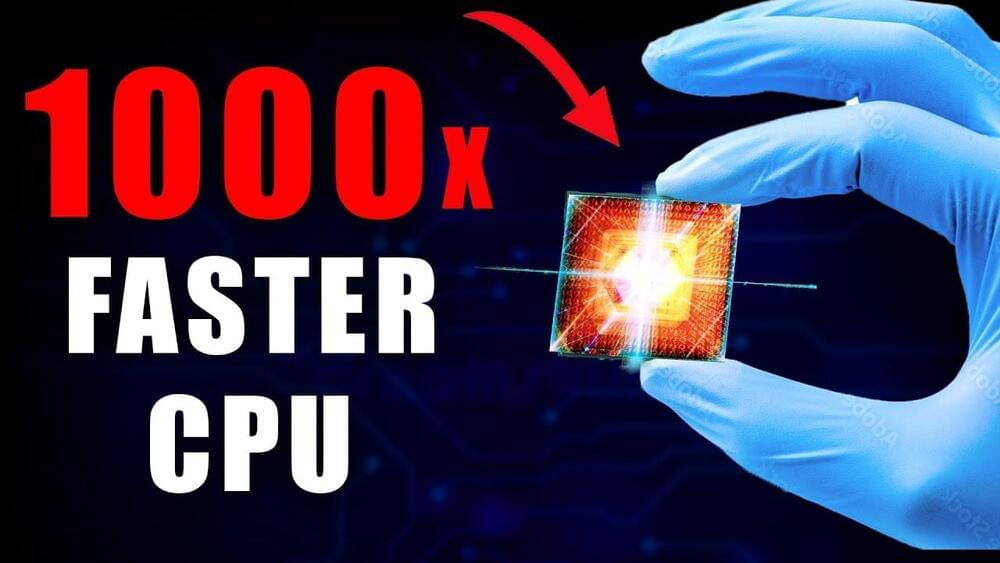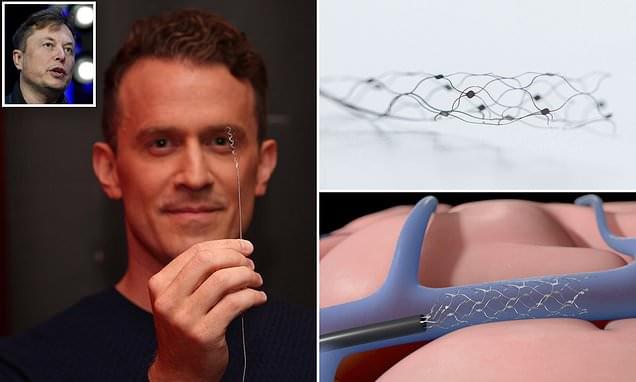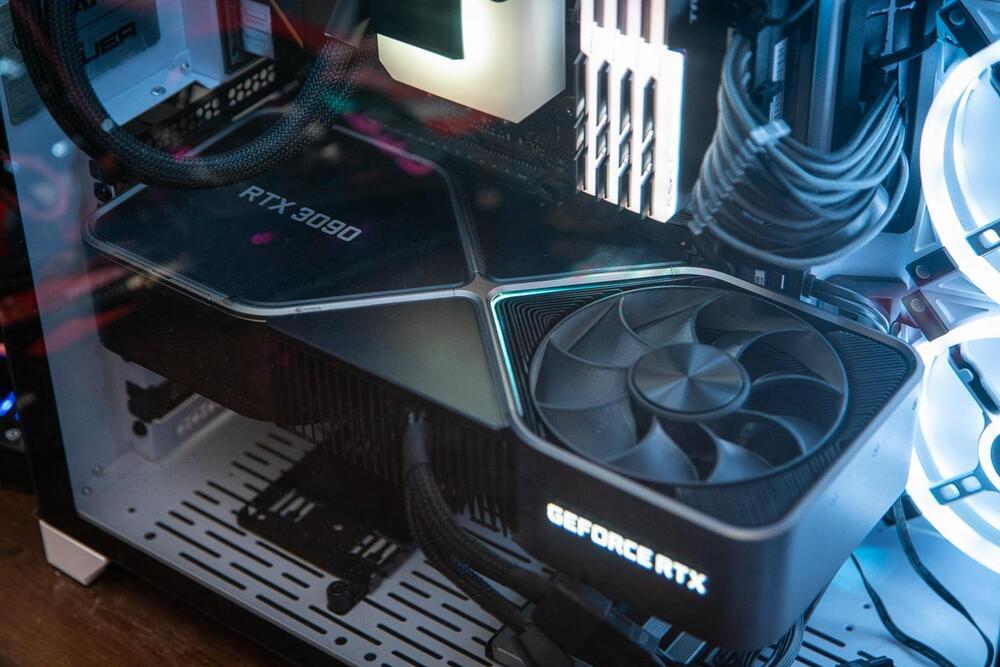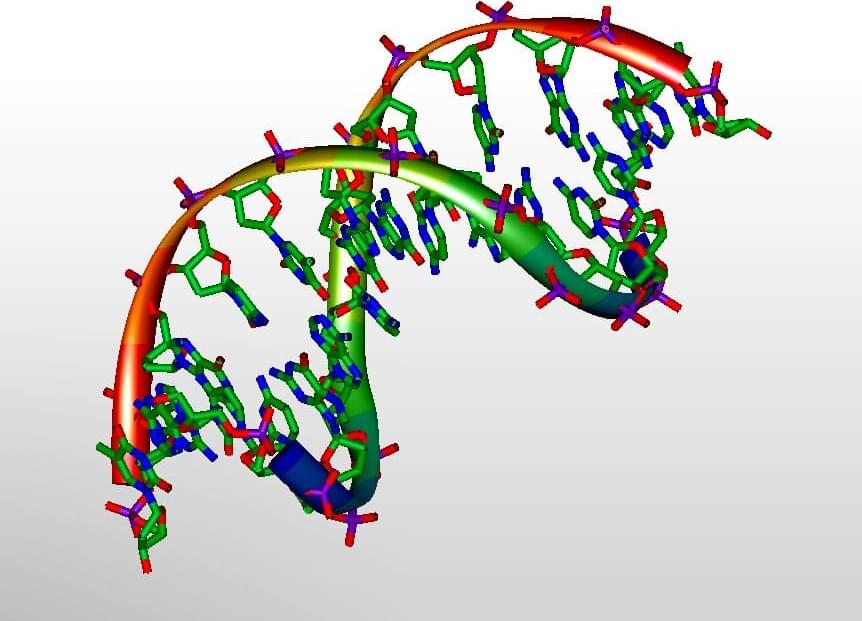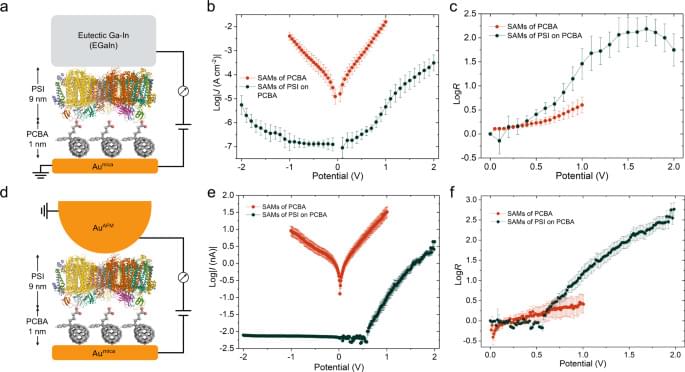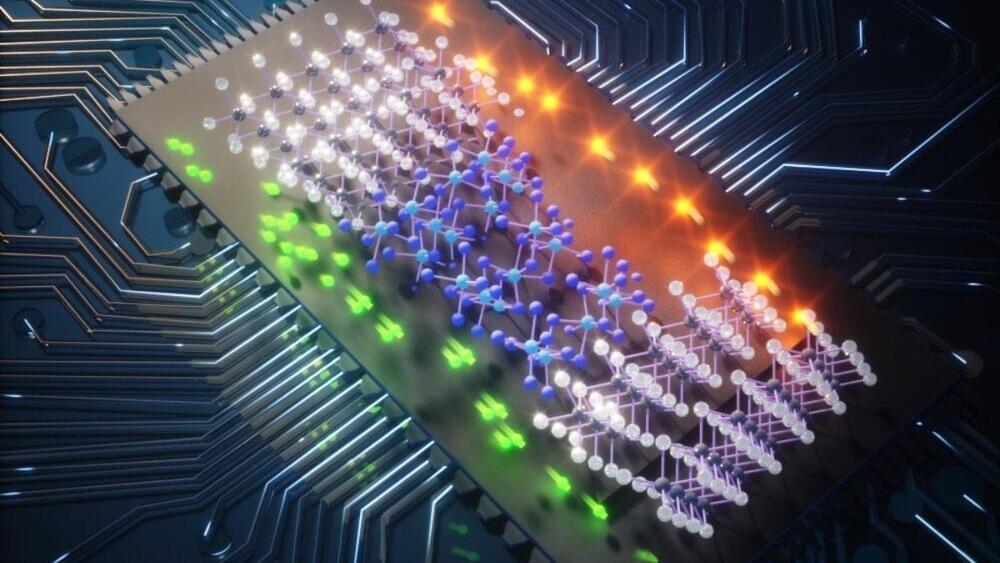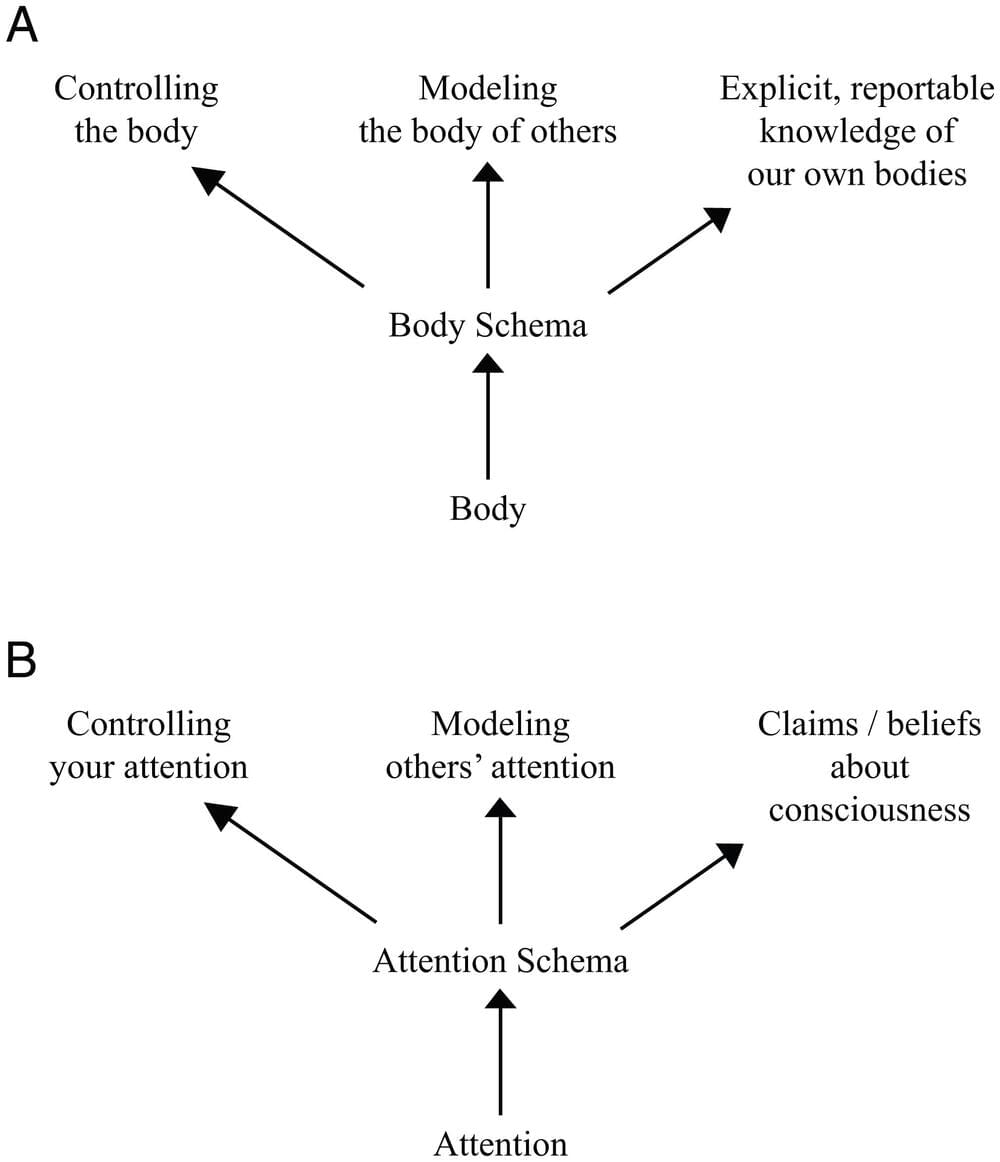May 6, 2022
Scientists Develop Experimental Platform for the “Second Quantum Revolution”
Posted by Saúl Morales Rodriguéz in categories: computing, particle physics, quantum physics
The development of experimental platforms that advance the field of quantum science and technology (QIST) comes with a unique set of advantages and challenges common to any emergent technology. Researchers at Stony Brook University, led by Dominik Schneble, PhD, report the formation of matter-wave polaritons in an optical lattice, an experimental discovery that permits studies of a central QIST paradigm through direct quantum simulation using ultracold atoms. The scientists project that their novel quasiparticles, which mimic strongly interacting photons in materials and devices but circumvent some of the inherent challenges, will benefit the further development of QIST platforms that are poised to revolutionize computing and communication technology.
The research findings are detailed in a paper published in the journal Nature Physics.
The study sheds light on fundamental polariton properties and related many-body phenomena, and it opens up novel possibilities for studies of polaritonic quantum matter.


